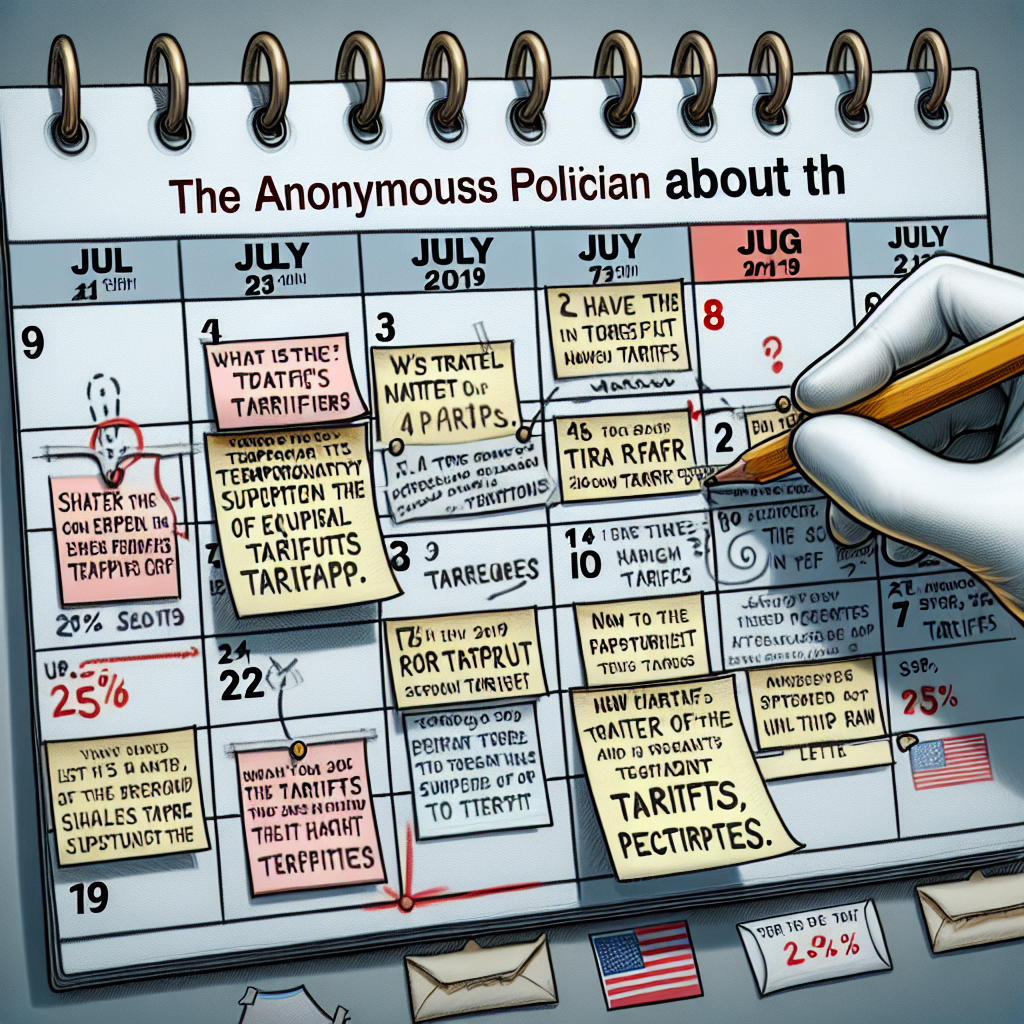The deadline for the temporary suspension of equivalent tariffs in the United States was originally set for July 9th. On July 7th, President Trump sent a letter to 14 countries informing them of the new tariffs to be implemented starting August 1st. The new tariffs will include rates of 25% for Japan, South Korea, Malaysia, and Kazakhstan, while South Africa will face a 30% tariff. Currently, Laos and Myanmar are subjected to the highest tariff rate of 40%. Trump also signed an executive order to extend the temporary suspension of equivalent tariffs until August 1st.
However, on July 2nd, Vietnam had already negotiated a 20% tariff agreement with the United States, and goods transshipped through Vietnam into the U. S. will incur a 40% tariff. The UK has also reached an agreement with the U. S. ahead of others.
Kevin Hassett, Director of the White House National Economic Council, told CBS News that the agreements reached with the U. K. and Vietnam are starting to become guiding principles for potential future trade agreements.
The 40% transshipment tariff is clearly aimed at preventing Chinese companies from ‘origin fraud’ by transshipping products to Vietnam to evade U. S. tariffs.
In response, the Ministry of Trade of Vietnam has issued orders to crack down on the illegal transshipment of goods to the U. S. and other trading partners. This order has been in effect since April 15th.
On another front, Vietnam has completely opened its trade market to the U. S., allowing American goods to enter Vietnam duty-free. Trump expressed expectations of seeing American-made SUVs entering the Vietnamese market.
The exact criteria for defining transshipment remain unclear, such as the proportion of actual manufacturing in Vietnam required for products to enjoy the lower 20% tariff.
According to a report by The Guardian, Nguyen Khac Giang, an expert on Vietnam issues at the ISEAS-Yusof Ishak Institute in Singapore, pointed out that Vietnam is a manufacturing country that needs to import raw materials from other countries, manufacture products in Vietnam, and then export them. “Except for agricultural products, most Vietnamese goods are not 100% produced in Vietnam.”
Dan Martin, a business consultant for Dezan Shira & Associates in Hanoi, said that it would be challenging for Vietnamese companies to prove the origin of all goods, especially for low-profit items like textiles; however, he also noted that if this provision encourages suppliers to set up factories in Vietnam, then Vietnam can benefit from it.
Many Vietnamese enterprises are currently waiting to see how the situation develops. The Guardian highlighted that U. S. exports account for 30% of Vietnam’s GDP, making the U. S. a strategic security partner and a support for Vietnam in facing a dominant China.
However, China remains Vietnam’s largest import source, and Vietnam still heavily relies on Chinese raw materials and components.
In negotiations with the U. S., India has also been discussing similar ‘rules of origin’ and appears close to reaching an agreement.
Bloomberg analysis suggests that while the U. S. and China are still negotiating, the 40% tariff on Vietnam could serve as a baseline for U. S. tariffs on Chinese goods, as any tariff lower than 40% could potentially restore the advantage for companies to resume production in mainland China, leading to a return of manufacturing to China.
Hassett stated that production is being shifted to the U. S. at a record pace.
Furthermore, the U. S. aims to impose technology controls on China in the high-tech sector, possibly through consultations with European and American countries to exclude Chinese companies from the global supply chain.
For instance, the U. K. and U. S. have signed agreements that involve cooperation in economic security and export controls. The European Union may also sign similar agreements, including regulations on supply chain security, export controls, and ownership structures for steel, aluminum, pharmaceutical companies.
The Beijing authorities are particularly concerned about control measures restricting the import of high-tech equipment from European and American countries, leading to the possibility of China being unable to export chips to overseas markets.
The Chinese Communist Party has publicly expressed dissatisfaction with the U. K. -U. S. trade agreement, although the agreement does not specifically name China, making it difficult for China to make a strong response.
Bloomberg suggests that if the agreements with Vietnam or India by the U. S. also adopt a vague strategy, China would be left in a more passive position with little room for counterattacks.

